Mount Kanlaon is nothing but a volcano in the modern era. However, our pre-colonial ancestors believed otherwise!
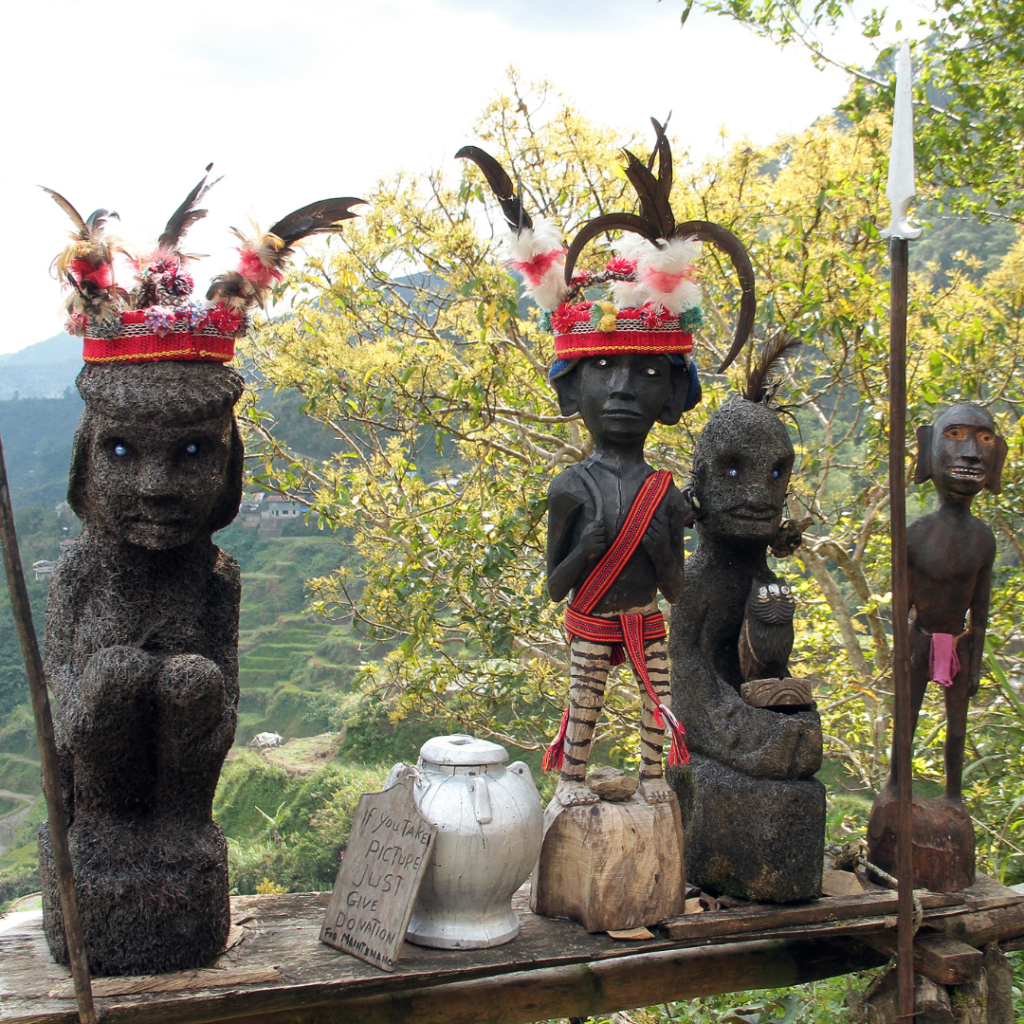
For the ancient Visayans, Mount Kanlaon was not just a mountain, but the very portal to the heavenly abode of the supreme god Kan-Laon. It was believed to have been a sacred mountain, transformed into a volcano by the deity.
Kan-Laon
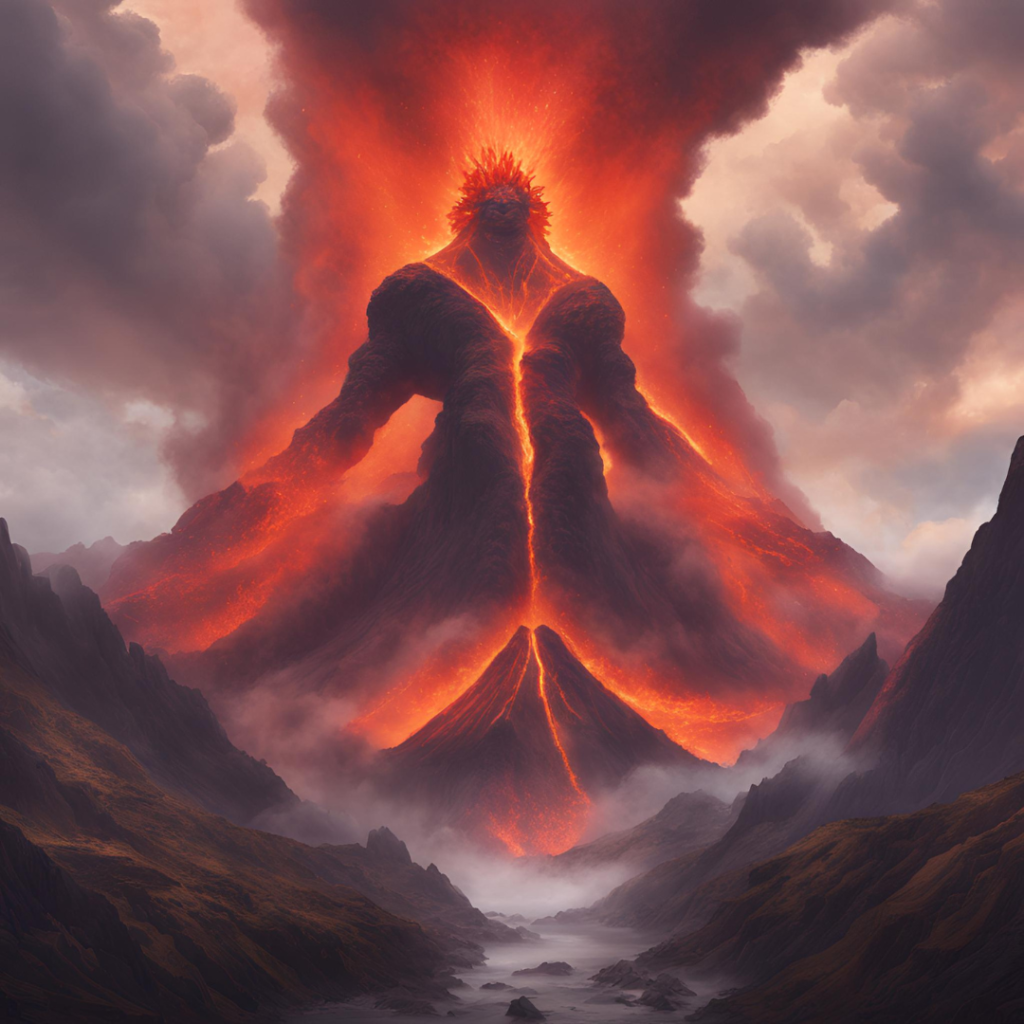
The name Kan-Laon means “One Who is the Ruler of Time.” Kan-Laon was a Visayan supreme god whom the Central Visayans believed to be the supreme god of all. His existence was believed to trigger the chain of events in Visayan mythology.
In the oral traditions, the deity Kan-Laon was depicted as a dignified, peace-loving figure, residing in a magical hut atop Mount Kanlaon. However, it was said that the god mysteriously disappeared from his hut, returning to his heavenly abode.
The Disappointment of Kan-Laon
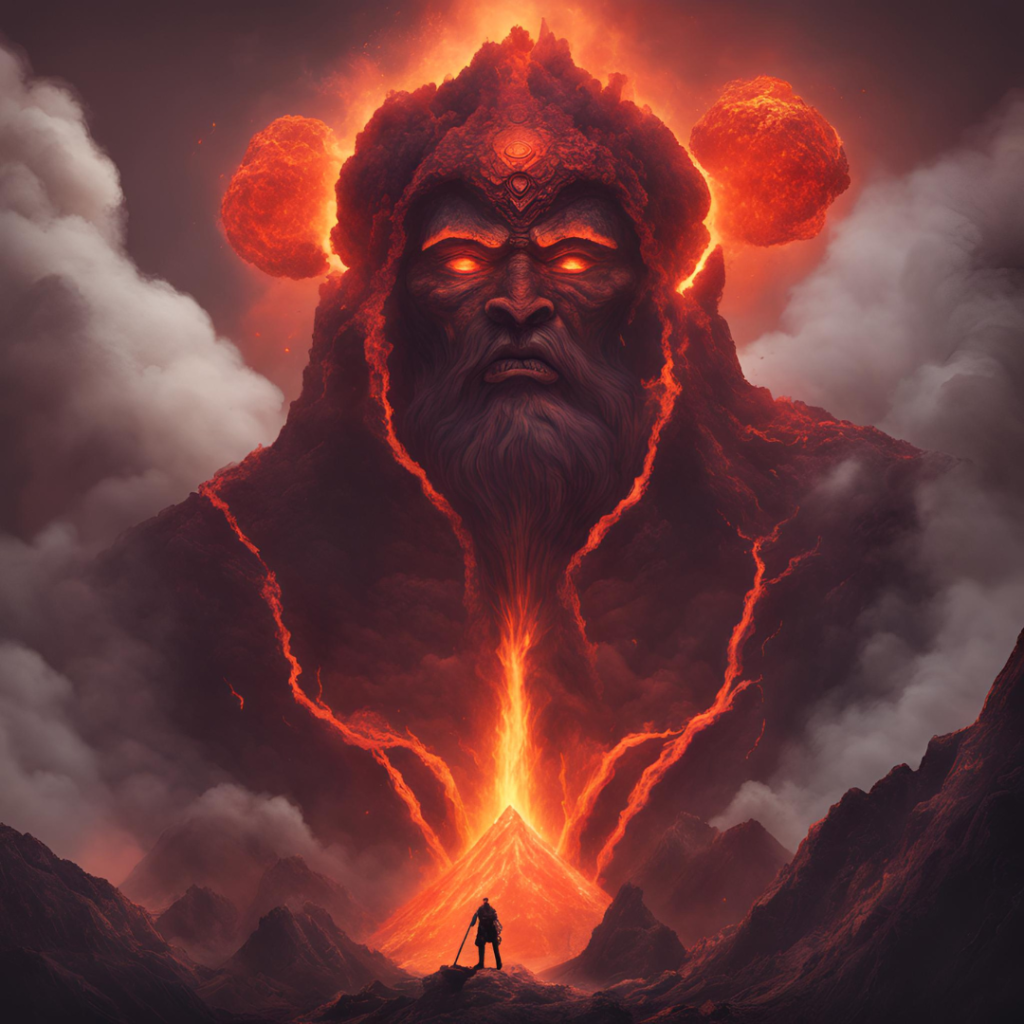
The pre-colonial Visayans believed that the supreme deity loved humans, going as far as living among us in the mortal realm. However, the god eventually came back to his heavenly domain one day. Why was that?
The Bisaya natives orally passed down that Kan-Laon was disappointed by human behavior and eventually left the mortal realm because of this. It was believed that humans became too disobedient. They allegedly disobeyed Kan-Laon’s orders repeatedly, which eventually led to Kan-Laon’s major disappointment towards us.
Kan-Laon was ultimately dubbed as the deity of time and cosmic movements. Funnily enough, although it was orally passed down that he was a male deity, some believed that he was a female due to the unpredictability of volcanic activities.
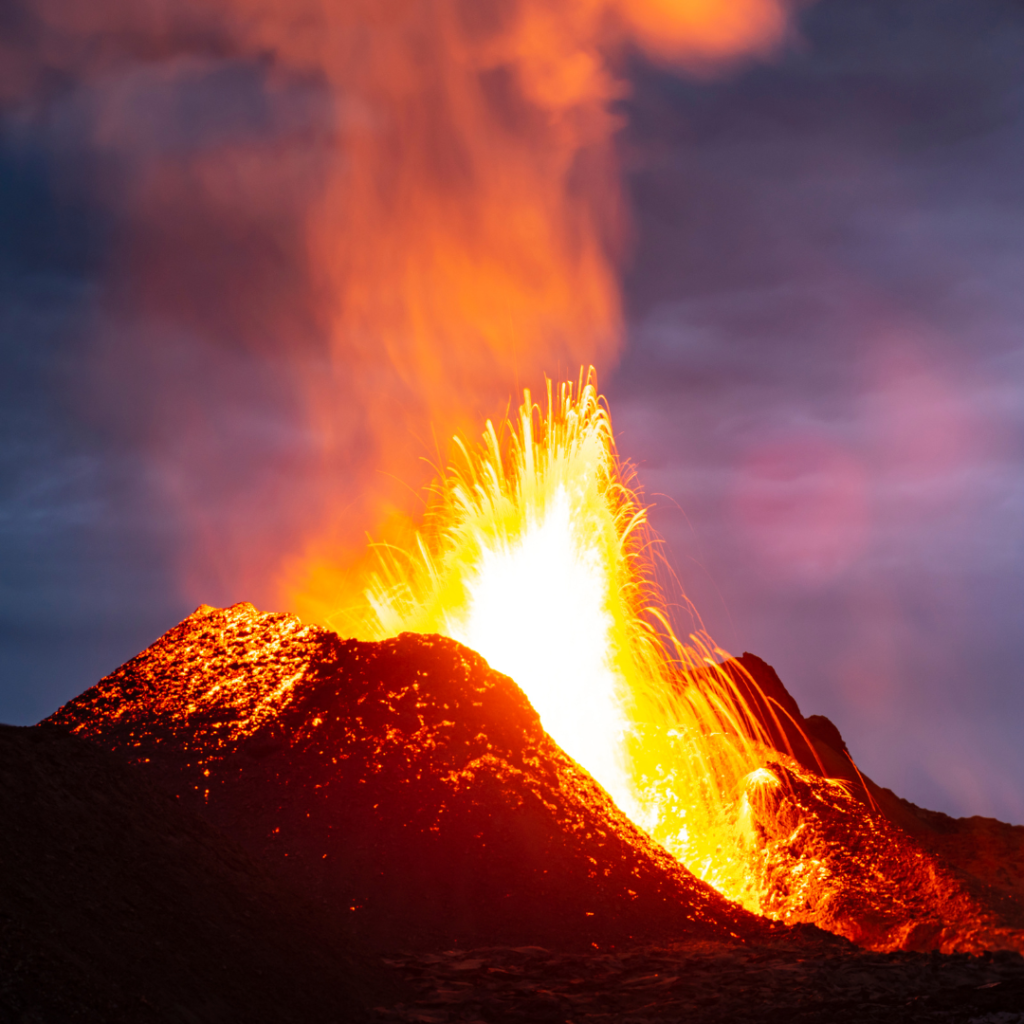
— It is undoubtedly surprising to discover that although primitive, our Bisaya ancestors already had their belief system and hierarchy of godly entities.


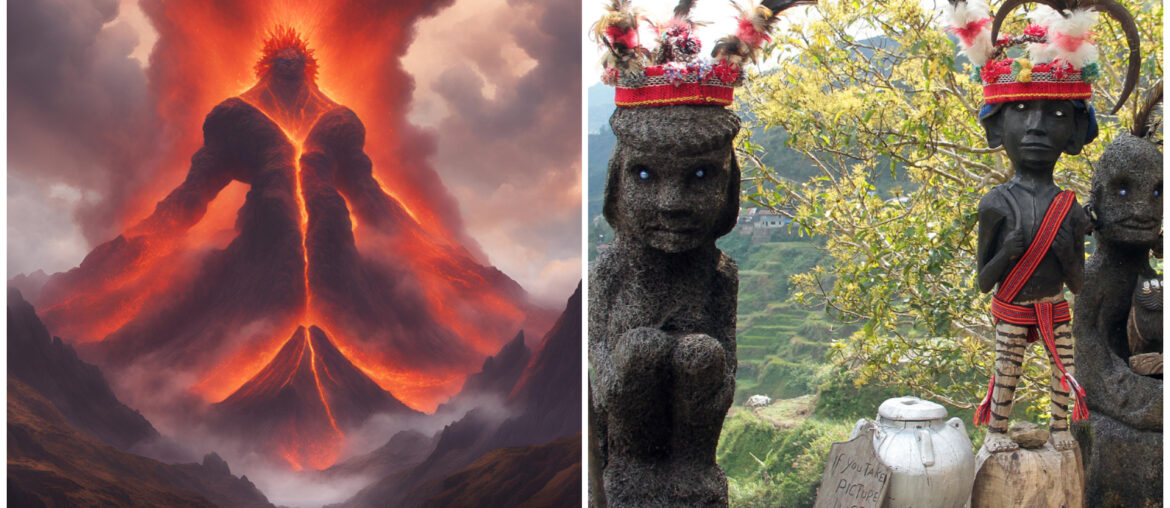
Comments are closed.